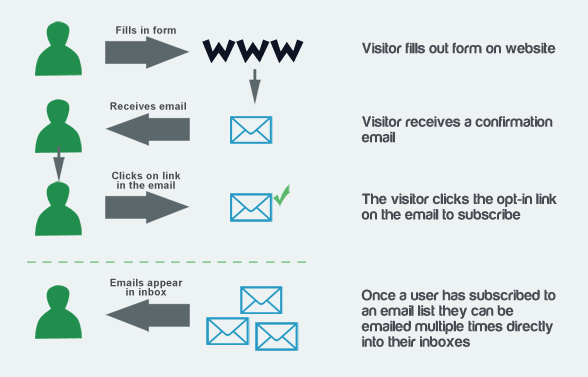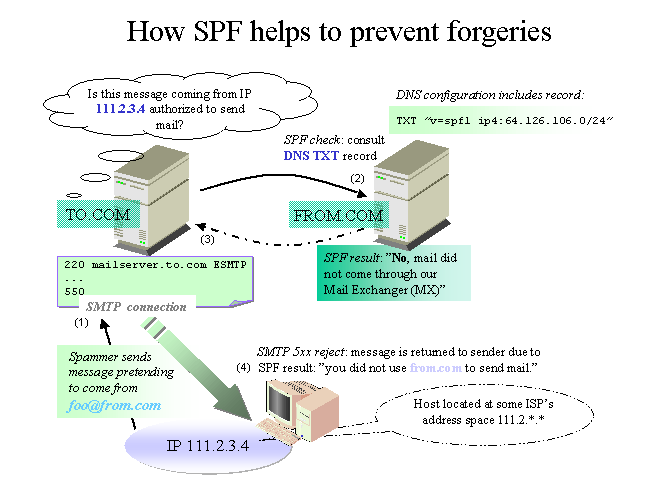Lesson 6, Single Opt in, Confirmed Opt in & Double Opt In
The biggest factor that affects your Deliverability from the offset is your data collection process, which in turn directly affects your data quality. Here we are not just talking about who you enter into your database but also how you do that. The first thing is you need to be clear with your sign up process about setting expectations for perspective members, and making sure it is relevant to them. There are many issues that we face naturally from poorly designed sign up forms, for example if the syntax of the email isn’t checked we are likely to encounter an increase in bounces, which will in turn have a negative affect on our reputation.
That is key, now it’s time to talk about how you enter members into your database and differences in the methods. In regards to the layout and design of your subscriber form, i found this blog post which had some good tips in regards to sign up process. No matter which method of sign up you use, it’s always important to validate your data on sign up, check out a basic form here there is of course many ways of doing this. It is also important to see where your users are signing up from.
There are a few opt in processes, they are: Single Opt In (SOI), Confirmed Opt In (COI) and Double Opt In (DOI) below i will go into more detail about each form:






